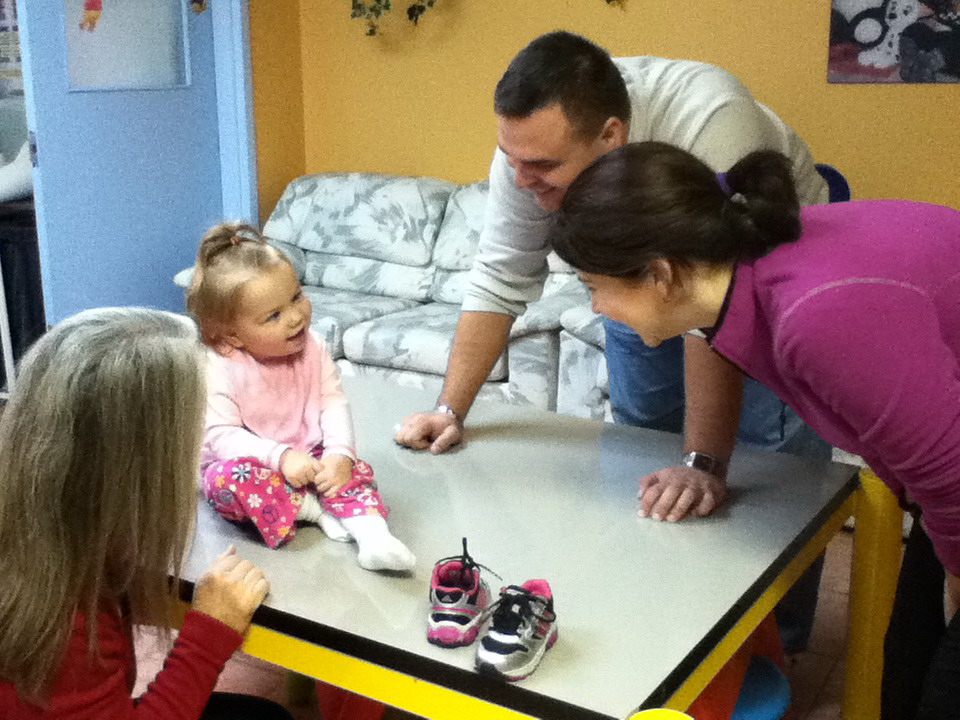
What is Cerebral Palsy (CP) and who are ABR patients?
Cerebral Palsy (CP) is an umbrella term that refers to a group of disorders that cause physical disabilities in human development. One of the most common types of brain damage is caused by oxygen deprivation, also called Cerebral Hypoxia. Cases of total oxygen deprivation are termed “Anoxic Brain Injury“, which can be hypoxic in origin (reduced oxygen availability) or ischemic in origin (oxygen deprivation due to a disruption in blood flow). Brain injury as a result of oxygen deprivation either due to hypoxic or anoxic mechanisms are generally termed Hypoxic/Anoxic Injuries (HAI).
Brain injury may be classified as: “Traumatic Brain Injury” (TBI), resulting from external mechanical force, such as fall, vehicle accident, violence, birth trauma, etc… and “non-traumatic brain injury,” such as stroke, infection, etc.
ABR technique is also successful in the case of a Spinal Cord Injury either caused by trauma (car accident, falls, sports injuries, etc.) or disease (Spina bifida, Friedreich’s ataxia, etc.).
Finally, ABR techniques are also helpful in situations such as Development Coordination Disease and Developmental Delay.
Since its foundation in 2000, ABR has greatly improved the lives of children with cerebral palsy in all parts of the world. Our programs are designed for all children with CP, including the lightly, moderately or severely affected ones.
Here are the various types and subtypes of CP we currently help:
Hypertonia
Increased tone, often resulting is very stiff limbs.
Hypotonia
Decreased muscle tone, often resulting in loose, floppy limbs
Quadriplegia/Quadriparesis
All four limbs affected
Hemiplegia/Hemiparesis
One side of body affected
Diplegia/Diparesis
Both legs are affected
Monoplegia/Monoparesis
Only one limb is affected
Triplegia/Triparesis
Three limbs affected
Dyskinesia
Individual’s inability to control muscle tone
Athetosis
Involuntary movement, especially in the arms, legs, and hands, that are often repetitive, sinous and rhythmic.
Dystonia
Affects the trunk muscles more than the limbs and results in fixed, twisted posture.
Ataxia
Problems with voluntary movements, balance, depth perception.

